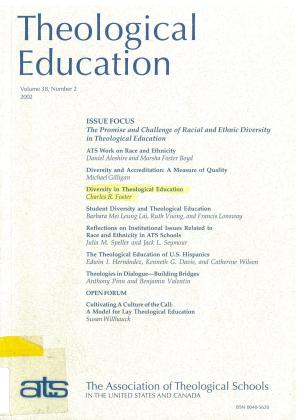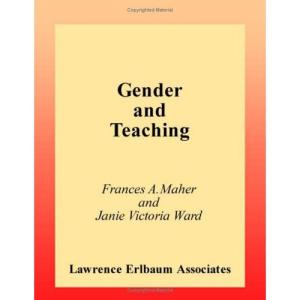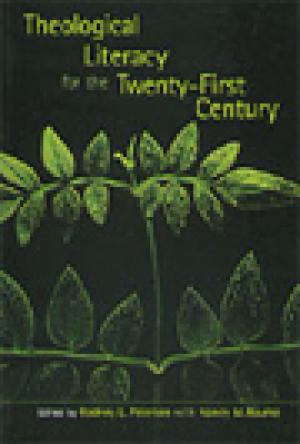Resources
Diversity—gender, class, racial, ethnic, theological, sexual orientation as well as personality, learning style, ability, and experience— exists as threat and promise, problem and possibility in theological education. The negotiations of administrators, faculty, students, and school constituencies that make up the dynamics of difference in theological education are particularly intense, and occasionally volatile, in decisions about who should teach, what should be taught, and how we should teach. Reflecting on my conscientization to these dynamics during my own career as theological educator and administrator, I argue that the interdependence of theological school pedagogies of formation and empowerment for ministry must be revisioned. This means, at least, expanding our assumptions about education and teaching by exploring pedagogical possibilities emerging from the embrace of differences among us and by viewing the community of teaching and learning as an ecology of language processes, cultural patterns, and world views. The essay concludes with three suggestions for altering pedagogical practices in the diverse theological education setting: the diversification of assessment patterns; the clear and expansive articulation of guidelines, criteria, and standards for learning; and the establishment of rules of discourse to ensure the participation of all.

Journal Issue. Full text is available online.

Gender and Teaching provides a vivid, focused, and interactive overview of the important gender issues in education today. This is accomplished through conversations among experts, practitioners, and readers that are informed by representative case studies and by a range of theoretical approaches to the issues. Gender and Teaching is the third volume in the "Reflective Teaching and the Social Conditions of Schooling" series edited by Daniel P. Liston and Kenneth M. Zeichner. It follows the same format as previous volumes in the series. Part I includes four cases dealing with related aspects of gendered experiences in schools (nonsexist elementary school curricula, gender and race implications of special education assignment practices, homophobia in high schools and classrooms, and teaching as a woman's profession), followed by a set of teachers', administrators', and professors' reactions to each case. Part II is an elaboration of four "public arguments"--conservative, liberal, women-centered, and radical multicultural--pertaining to the issues raised in the cases in Part I. These arguments exemplify clusters of orientations, organized around general values rather than hard and fast principles. Part III presents the authors' own interpretations of the issues raised throughout the work and provides activities and topics for reflection and an annotated bibliography of additional resources. Content and Pedagogical Features: *Readers are encouraged throughout to interact with the text. They can respond to each case and compare their responses to those of others in the field. *The cases and discussions that follow help students begin to evolve their own "practical theories"; explore and perhaps modify some of their basic beliefs and assumptions; become acquainted with other points of view; and look further into the connections and intersections of gender with other structural dynamics and practices--those of race, class, and culture--as intrinsic to their explorations into the social conditions of schooling. *The major strands in feminist theory about women and education are presented so that students can analyze the differences among them, come up with positions of their own, and learn to defend them. *Although the authors draw on historical and sociological frameworks that show how women have historically been discriminated against in our schools and in our society, their goal is an education that is equally fair to everyone, boys as well as girls. Gender and Teaching is pertinent for all prospective and practicing teachers at any stage of their training. It can be used in any undergraduate or graduate course that addresses issues of gender and teaching. (From the Publisher)

What constitutes theological literacy in the new millennium? Scholars such as Elisabeth Schssler Fiorenza and David Tracy discuss this weighty question in Theological Literacy for the Twenty-First Century, a heavy but thoughtful collection of essays. The book's most helpful aspect is its diversity of Christian traditions: there are discussions of evangelical, Orthodox, Catholic and mainline Protestant views here, and contributors also weigh in about Hispanic, African-American and feminist hermeneutics. The essayists' understanding of what is required for theological literacy may be a bit inflated (how many people in the pews spout five-gallon words such as "postcoloniality" or "grandiloquent"?), but academics will appreciate the collection's depth and currency. (From the Publisher)
Examines the defense of orthodoxy and the campaign against political correctness on university campuses in the United States. Dangers of a conservative agenda; Analysis of paranoia, fetishism, and impostors among leaders attacking political correctness; Anti-intellectualism in U.S. life; Discrediting of critical efforts by conservatives; Role of diversity of students on college campuses in conflict; Individualism and political correctness; Change in idea of community.
Discusses the educational issues inherent in multicultural education and how students should learn about diverse cultures. Designing and implementing programs that are educationally valuable; Philosophical issues; Curricular issues; Faculty issues; Pedagogy; The process.